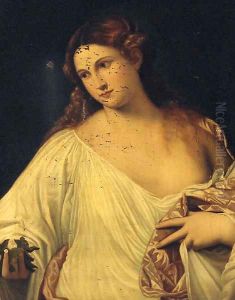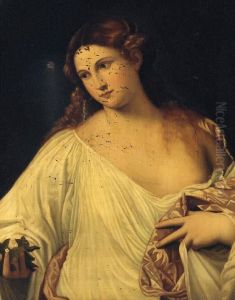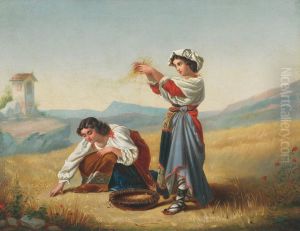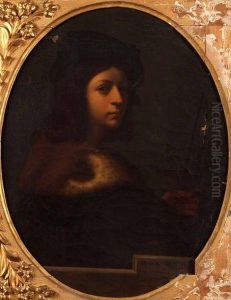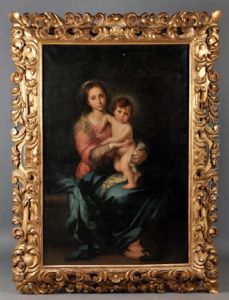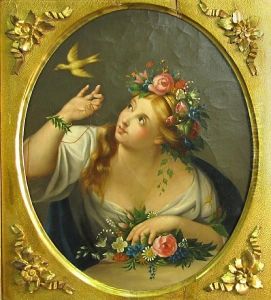Egisto Manzuoli Paintings
Egisto Manzuoli was an Italian painter of the Renaissance period, born in 1531 in Florence, Italy. Not as widely known as some of his contemporaries, Manzuoli's life and work are less documented, and his legacy does not have the same prominence as the major figures of the time. His career unfolded during a period of significant artistic development in Italy, a time when the Renaissance was at its peak with artists such as Michelangelo, Raphael, and Leonardo da Vinci setting the standards of artistic excellence.
Manzuoli was said to have been a pupil of the Florentine painter Michelangelo Maestri, not to be confused with Michelangelo Buonarroti. He primarily worked in Florence, where he developed a style that reflected the influence of the Mannerist movement, which was characterized by its artificial elegance, elongated forms, and emphasis on style over substance. Mannerism followed the High Renaissance and was a response to the harmonious and idealized forms of earlier Renaissance art.
Little is known about the specifics of Manzuoli's commissions or patrons, but he is known to have created both religious and secular works. His paintings likely included traditional biblical scenes and mythological subjects, which were popular among patrons of the arts during the Renaissance period. However, few if any works have been clearly attributed to Manzuoli, and his artistic output remains obscure.
Egisto Manzuoli's career was relatively short-lived, as he died at the age of 41 in 1572. Because of the limited information available on his life and work, Manzuoli remains a somewhat enigmatic figure in the history of Italian Renaissance art. His contributions are overshadowed by the grand masters of his era, and as a result, he is not a household name. Nonetheless, as with many artists of the period, his work is an integral part of the rich tapestry of Renaissance art and provides insight into the lesser-known artists who were part of this influential movement in European art history.
